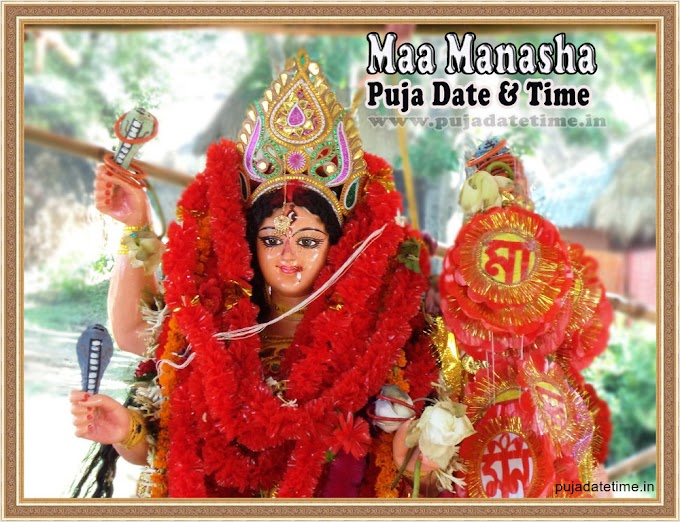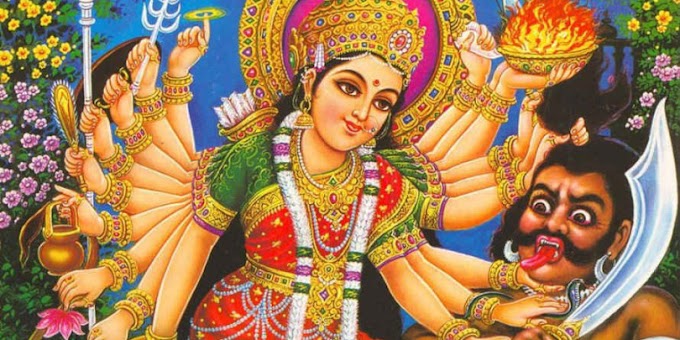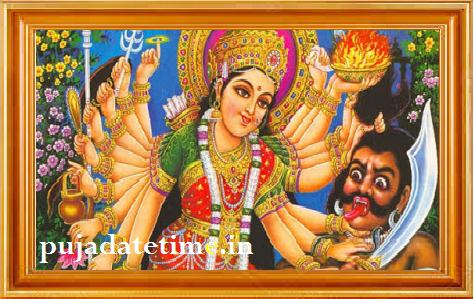The Ramayana is one of the most important and revered Hindu epics, and has been read and studied by millions of people around the world. It tells the story of Lord Rama, an incarnation of Lord Vishnu, and his quest to rescue his wife Sita from the demon king Ravana. The Ramayana is a fascinating and insightful book that offers valuable lessons on morality, ethics, and spirituality.
The Ramayana is traditionally attributed to the sage Valmiki, who is believed to have written it in Sanskrit over 2,000 years ago. The story is divided into seven books, or kandas, each of which tells a different part of Rama's journey. The first book, the Balakanda, describes Rama's early life and his marriage to Sita. The second book, the Ayodhyakanda, tells the story of Rama's exile and his brother Bharata's attempt to bring him back to Ayodhya. The third book, the Aranyakanda, describes Rama's journey through the forest and his encounter with the demon king Ravana's sister, Surpanakha. The fourth book, the Kishkindhakanda, tells the story of Rama's alliance with the monkey king Sugriva and his battle with the demon king Vali. The fifth book, the Sundarakanda, describes Hanuman's journey to Lanka to rescue Sita. The sixth book, the Yuddhakanda, tells the story of Rama's battle with Ravana and his ultimate victory. The final book, the Uttarakanda, describes Rama's return to Ayodhya and his coronation as king.
The Ramayana is traditionally attributed to the sage Valmiki, who is believed to have written it in Sanskrit over 2,000 years ago. The story is divided into seven books, or kandas, each of which tells a different part of Rama's journey. The first book, the Balakanda, describes Rama's early life and his marriage to Sita. The second book, the Ayodhyakanda, tells the story of Rama's exile and his brother Bharata's attempt to bring him back to Ayodhya. The third book, the Aranyakanda, describes Rama's journey through the forest and his encounter with the demon king Ravana's sister, Surpanakha. The fourth book, the Kishkindhakanda, tells the story of Rama's alliance with the monkey king Sugriva and his battle with the demon king Vali. The fifth book, the Sundarakanda, describes Hanuman's journey to Lanka to rescue Sita. The sixth book, the Yuddhakanda, tells the story of Rama's battle with Ravana and his ultimate victory. The final book, the Uttarakanda, describes Rama's return to Ayodhya and his coronation as king.
One of the most important themes of the Ramayana is dharma, or duty. Rama is often portrayed as the ideal human being, who always does what is right and just. He is a model of righteousness and morality, and his actions are guided by his commitment to dharma. This commitment to duty is also evident in the character of Sita, who remains faithful to Rama despite being held captive by Ravana.
Another important theme of the Ramayana is the power of devotion. The character of Hanuman, the monkey god, is a symbol of devotion and loyalty. Hanuman's devotion to Rama is unwavering, and he will do anything to help him in his quest. Hanuman's courage and strength are an inspiration to all who read the Ramayana.
The Ramayana also offers valuable insights into Hindu philosophy and spirituality. The book explores the concepts of karma, rebirth, and the nature of the soul. It teaches us that our actions have consequences, and that we must strive to live a life of righteousness and virtue in order to attain moksha, or liberation from the cycle of birth and death.
In conclusion, the Ramayana is a timeless masterpiece that continues to inspire and enlighten readers around the world. Its powerful message of duty, devotion, and spirituality is as relevant today as it was thousands of years ago. Whether you are a Hindu or not, the Ramayana is a book that everyone should read at least once in their lifetime.
Another important theme of the Ramayana is the power of devotion. The character of Hanuman, the monkey god, is a symbol of devotion and loyalty. Hanuman's devotion to Rama is unwavering, and he will do anything to help him in his quest. Hanuman's courage and strength are an inspiration to all who read the Ramayana.
The Ramayana also offers valuable insights into Hindu philosophy and spirituality. The book explores the concepts of karma, rebirth, and the nature of the soul. It teaches us that our actions have consequences, and that we must strive to live a life of righteousness and virtue in order to attain moksha, or liberation from the cycle of birth and death.
In conclusion, the Ramayana is a timeless masterpiece that continues to inspire and enlighten readers around the world. Its powerful message of duty, devotion, and spirituality is as relevant today as it was thousands of years ago. Whether you are a Hindu or not, the Ramayana is a book that everyone should read at least once in their lifetime.
Significant of Ramayana
The Ramayana is an important text in Hinduism and has significant cultural and spiritual significance. Here are some of the main ways in which the Ramayana is significant:
Spiritual teachings: The Ramayana provides spiritual teachings on the importance of living a life of righteousness, virtue, and devotion to God. It teaches us the importance of duty, loyalty, and humility, and how these values can help us overcome life's challenges.
Cultural importance: The Ramayana is an important part of Indian culture, and has been passed down from generation to generation for thousands of years. It has inspired many works of art, literature, and music, and is an integral part of the Indian identity.
Historical value: The Ramayana is a valuable historical document that provides insight into ancient Indian society and culture. It depicts the social hierarchy, religious beliefs, and cultural practices of ancient India, and helps us understand the country's rich and diverse history.
Moral lessons: The Ramayana provides important moral lessons on the consequences of actions and the importance of living a life of righteousness. It teaches us the importance of forgiveness, selflessness, and respect for others, and how these values can help us lead a happy and fulfilling life.
Inspiration for devotion: The Ramayana is a source of inspiration for devotees of Lord Rama and other deities. It provides a roadmap for living a life of devotion and service to God, and inspires us to cultivate love and devotion for the divine.
In summary, the Ramayana is significant for its spiritual teachings, cultural importance, historical value, moral lessons, and inspiration for devotion. It continues to be a cherished and beloved text in the Hindu tradition and is an important part of India's rich cultural heritage.
Ramayana quotes
- "When you have truth with you, why be afraid of anyone?" - Lord Rama
- "The fragrance of flowers spreads only in the direction of the wind. But the goodness of a person spreads in all directions." - Chanakya
- "The greatest wealth is wisdom; the greatest poverty is ignorance." - Valmiki
- "The mind is everything. What you think, you become." - Lord Rama
- "One who conquers his mind, conquers the world." - Lord Rama
- "The greatest victory is victory over oneself." - Lord Rama
- "He who has no faith in himself can never have faith in God." - Swami Vivekananda
- "Ignorance is the root of all suffering." - Lord Rama
- "The happiness of the drop is to die in the river." - Lord Rama
- "Do not let your difficulties fill you with anxiety; after all, it is only in the darkest nights that stars shine more brightly." - Lord Rama.
Ramayana slokas
Here are some popular Ramayana slokas:
- "Raghupati Raghav Raja Ram, Patit Pavan Sita Ram" - This is a famous bhajan that praises Lord Rama and Sita. It means, "Lord Rama, the king of the Raghu dynasty, is the savior of the fallen, and Sita is his beloved wife."
- "Siyavar Ramchandra Ki Jai" - This is a popular chant that praises Lord Rama and Sita. It means, "Victory to Lord Rama, the beloved of Sita."
- "Janani Janmabhoomischa Swargadapi Gariyasi" - This sloka from the Ramayana means, "One's mother and motherland are greater than heaven itself."
- "Karmanye Vadhikaraste Ma Phaleshu Kadachana" - This is a famous sloka from the Bhagavad Gita, but it is also quoted in the Ramayana. It means, "You have the right to work, but not to the fruits of your labor."
- "Sita Ram, Sita Ram, Jai Jai Ram" - This is a popular chant that praises both Lord Rama and Sita. It means, "Victory to Lord Rama and Sita."
- "Tulsidas Sada Hari Chera, Keeje Nath Hriday Mah Dera" - This sloka means, "May Tulsidas always be a servant of Lord Rama, and may the Lord reside in his heart."
- "Ram Naam Japte Hi Manvaanchit Phal Paavai" - This sloka means, "By chanting the name of Lord Rama, one can attain all their desires."
These are just a few examples of the many beautiful and inspiring slokas from the Ramayana.
FAQ
- What is the Ramayana? The Ramayana is an ancient Hindu epic that tells the story of Lord Rama and his journey to rescue his wife Sita from the demon king Ravana.
- Who wrote the Ramayana? The Ramayana is traditionally attributed to the sage Valmiki.
- When was the Ramayana written? The Ramayana was written over 2,000 years ago, but the exact date of its composition is unknown.
- How long is the Ramayana? The Ramayana is a long epic poem that is divided into seven books or kandas. The entire text is around 24,000 verses.
- What language is the Ramayana written in? The Ramayana is written in Sanskrit, an ancient Indian language.
- Who are the main characters in the Ramayana? The main characters in the Ramayana are Lord Rama, his wife Sita, his brother Lakshmana, and the demon king Ravana.
- What is the story of the Ramayana? The Ramayana tells the story of Lord Rama, who is forced into exile along with his wife Sita and his brother Lakshmana. Sita is kidnapped by the demon king Ravana, and Rama must rescue her with the help of his loyal allies.
- What are the main themes of the Ramayana? The main themes of the Ramayana include dharma (duty), devotion, and spirituality.
- What is the importance of dharma in the Ramayana? Dharma, or duty, is a central theme of the Ramayana. Lord Rama is often portrayed as the ideal human being who always does what is right and just, even when it is difficult.
- Who is Sita in the Ramayana? Sita is the wife of Lord Rama and is kidnapped by the demon king Ravana. She is a symbol of purity, loyalty, and devotion.
- Who is Ravana in the Ramayana? Ravana is the demon king who kidnaps Sita and is eventually defeated by Lord Rama. He is a symbol of greed, ego, and evil.
- What is the role of Hanuman in the Ramayana? Hanuman is a monkey god who helps Lord Rama in his quest to rescue Sita. He is a symbol of devotion, loyalty, and courage.
- What is the importance of the Ram Setu in the Ramayana? The Ram Setu, also known as the Adam's Bridge, is a bridge built by Lord Rama and his army of monkeys to cross the sea and reach Lanka, where Sita is being held captive.
- What is the significance of the number seven in the Ramayana? The Ramayana is divided into seven books or kandas, each of which tells a different part of the story.
- What is the message of the Ramayana? The Ramayana teaches us the importance of duty, devotion, and living a life of righteousness and virtue.
- What is the role of Rama in the Ramayana? Lord Rama is the protagonist of the Ramayana and is often portrayed as the ideal human being who always does what is right and just.
- What is the role of Sita in the Ramayana? Sita is the wife of Lord Rama and is a symbol of purity, loyalty, and devotion.
- What is the role of Lakshmana in the Ramayana? Lakshmana is the younger brother of Lord Rama and accompanies him into exile. He is a symbol of loyalty, courage, and devotion.
- What is the significance of Ay




.jpg)





0 Comments